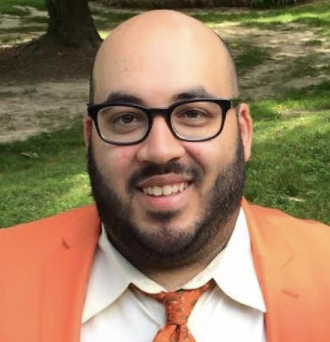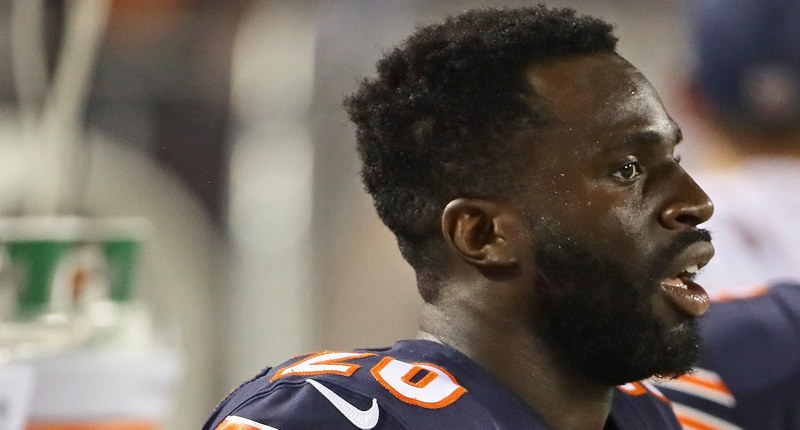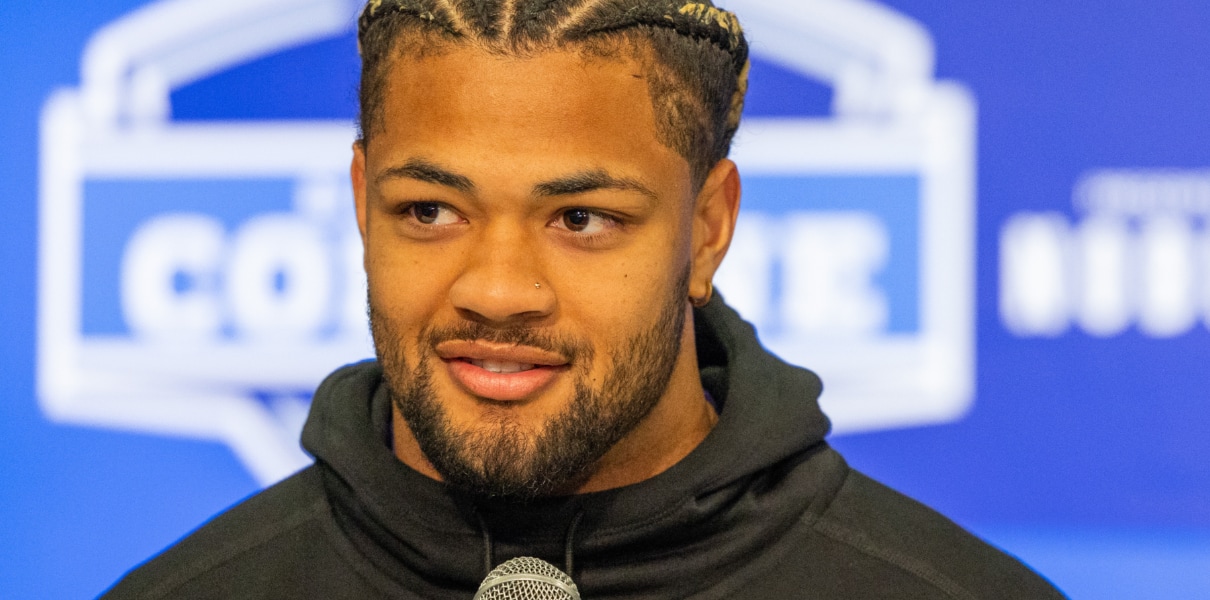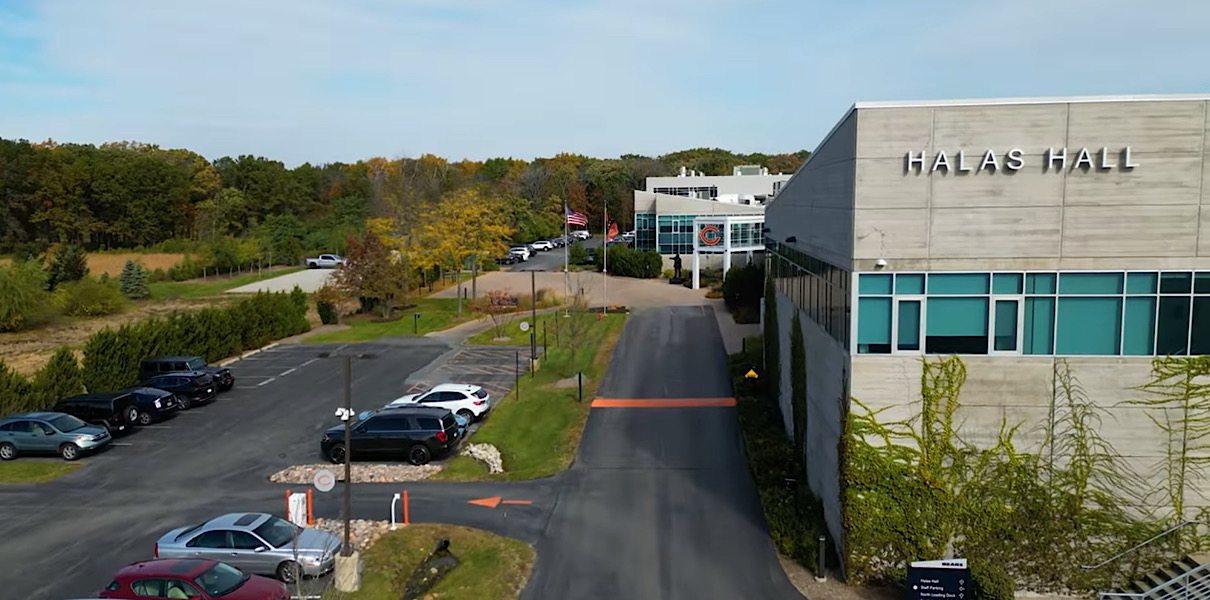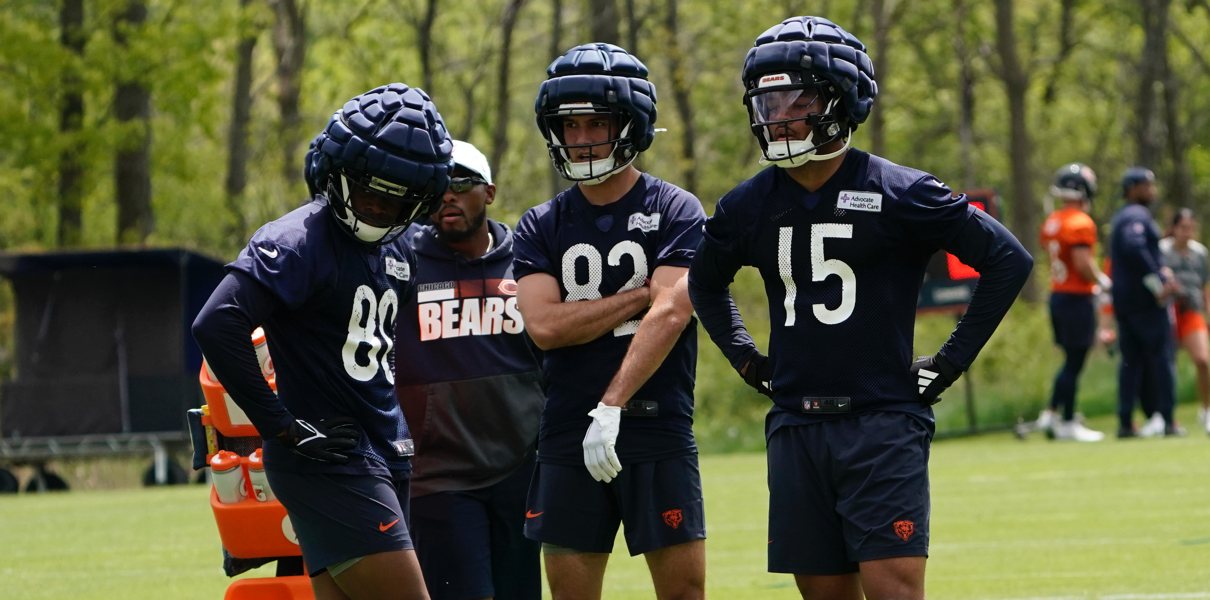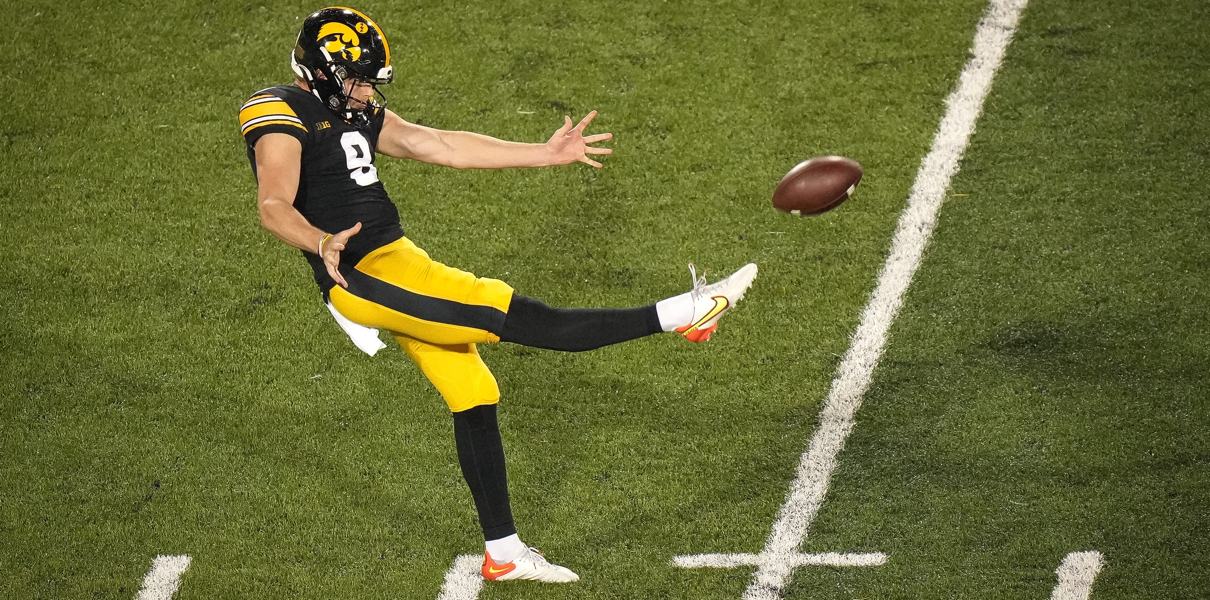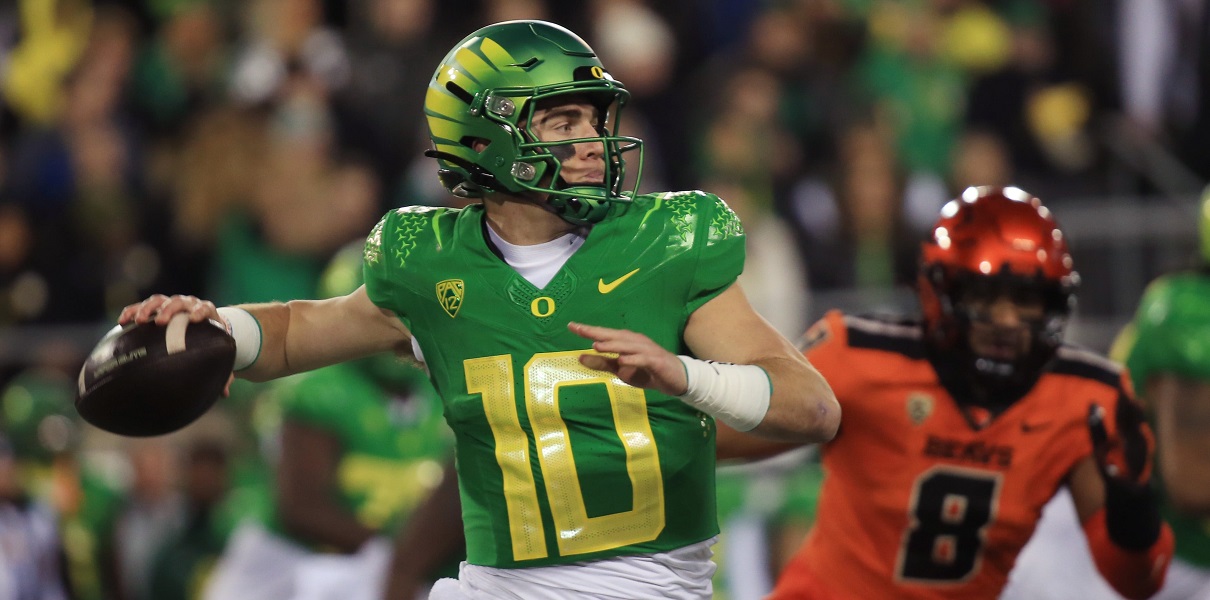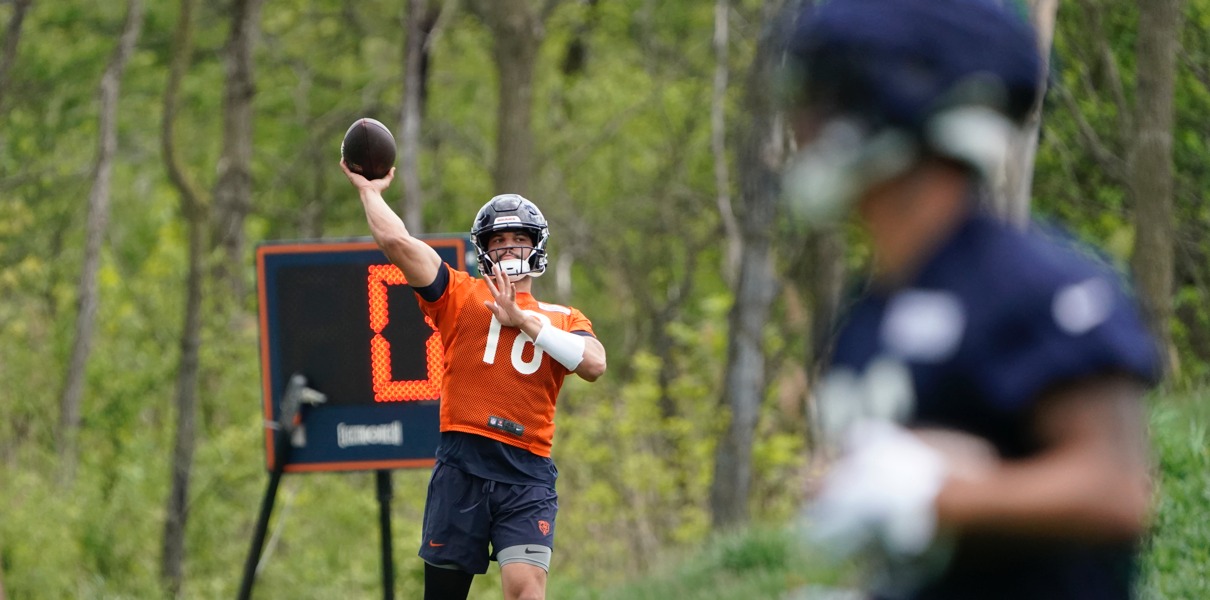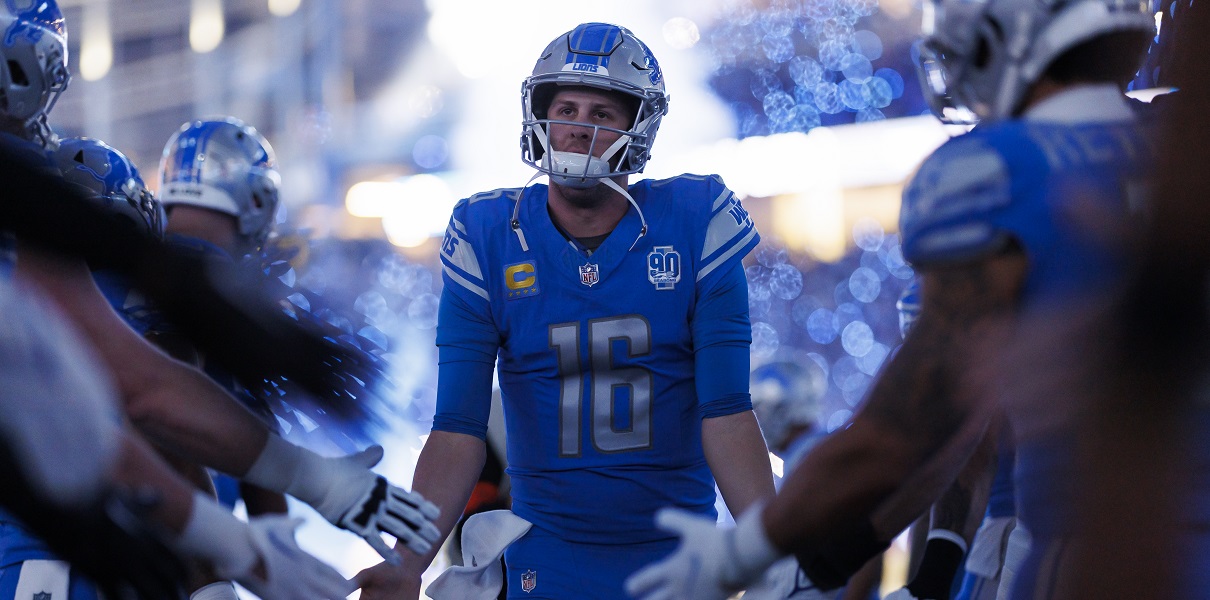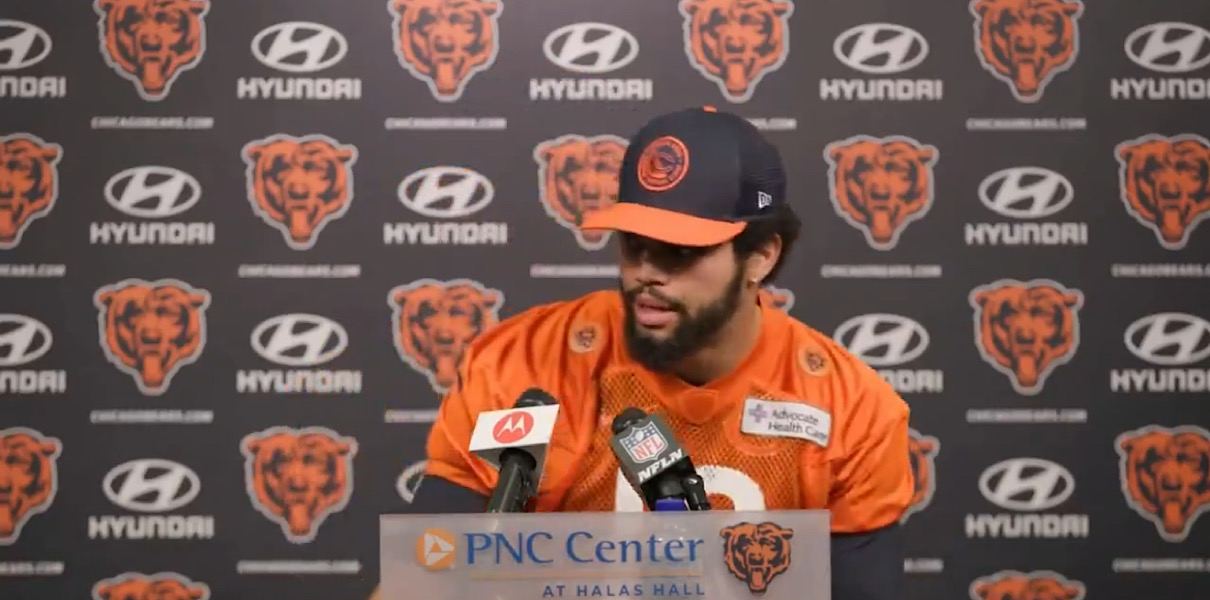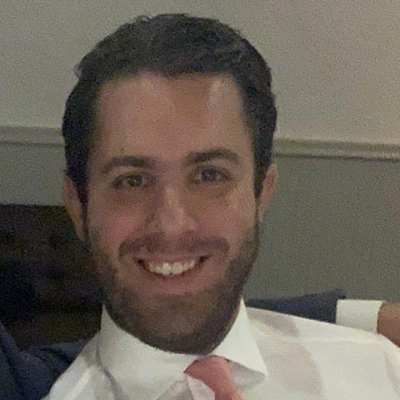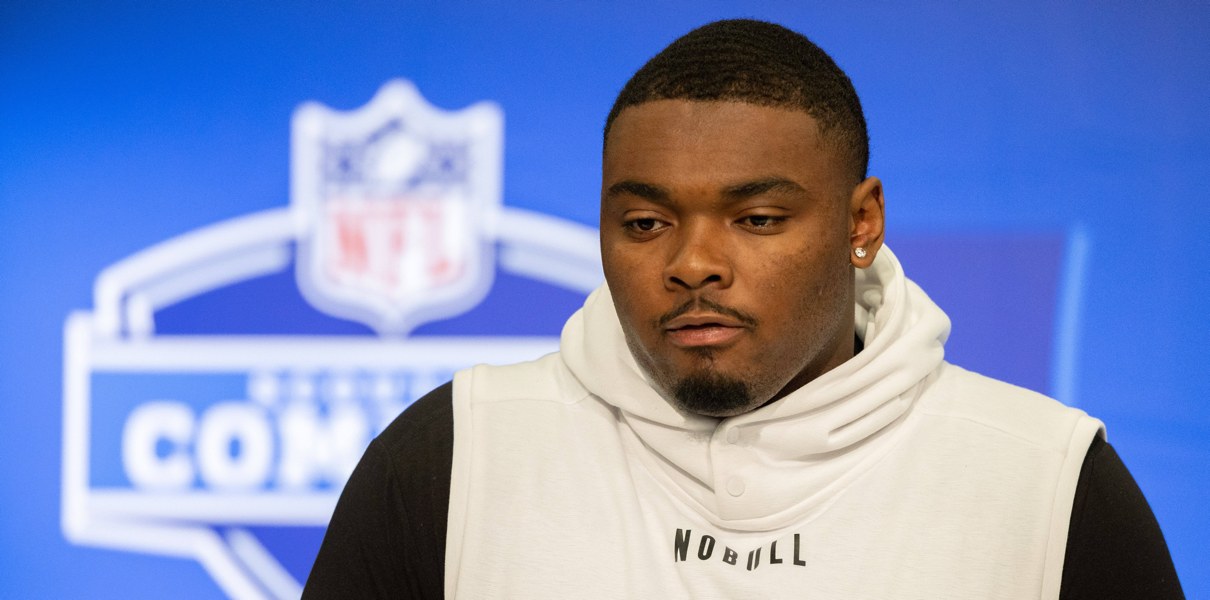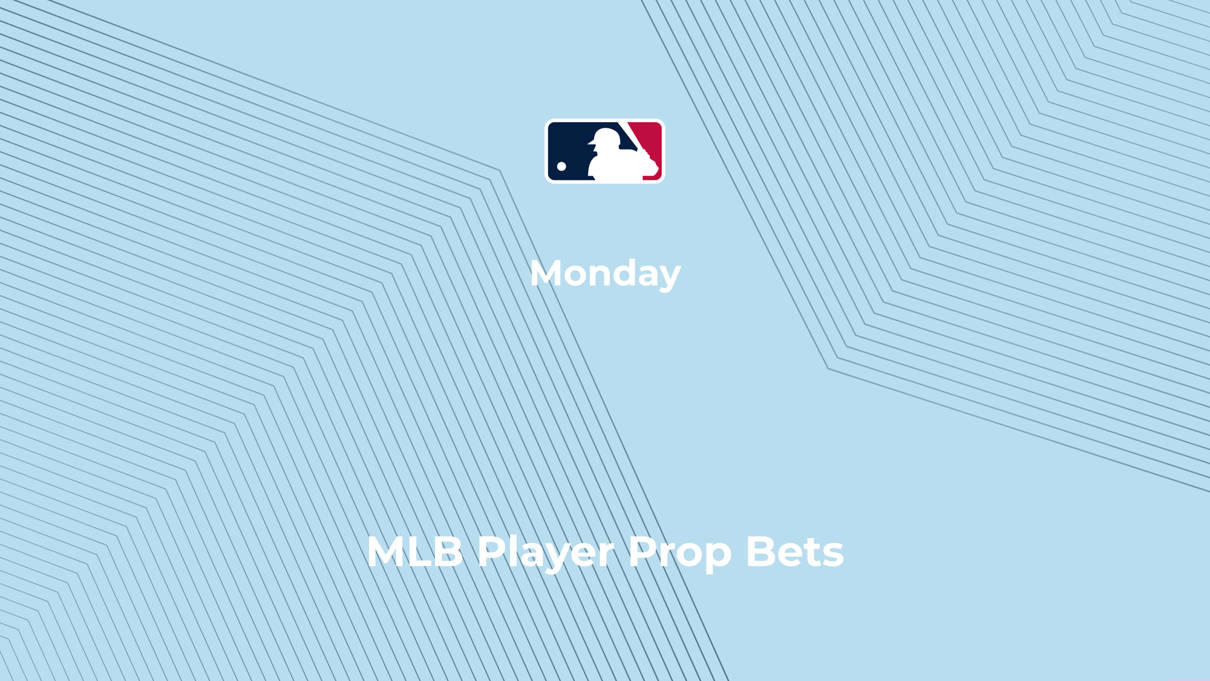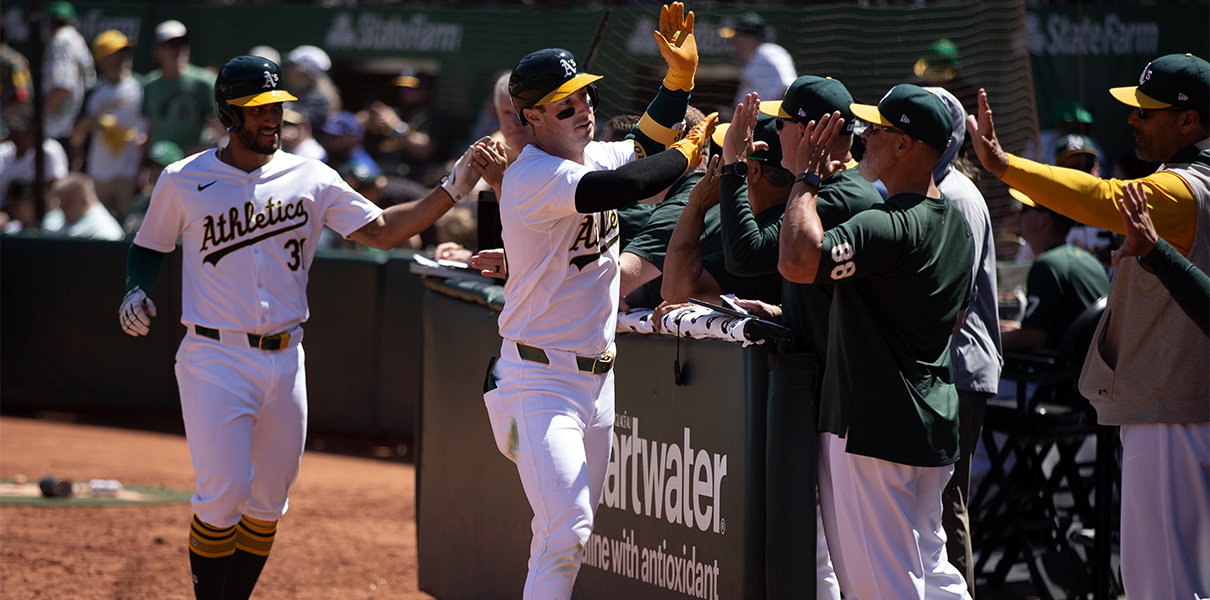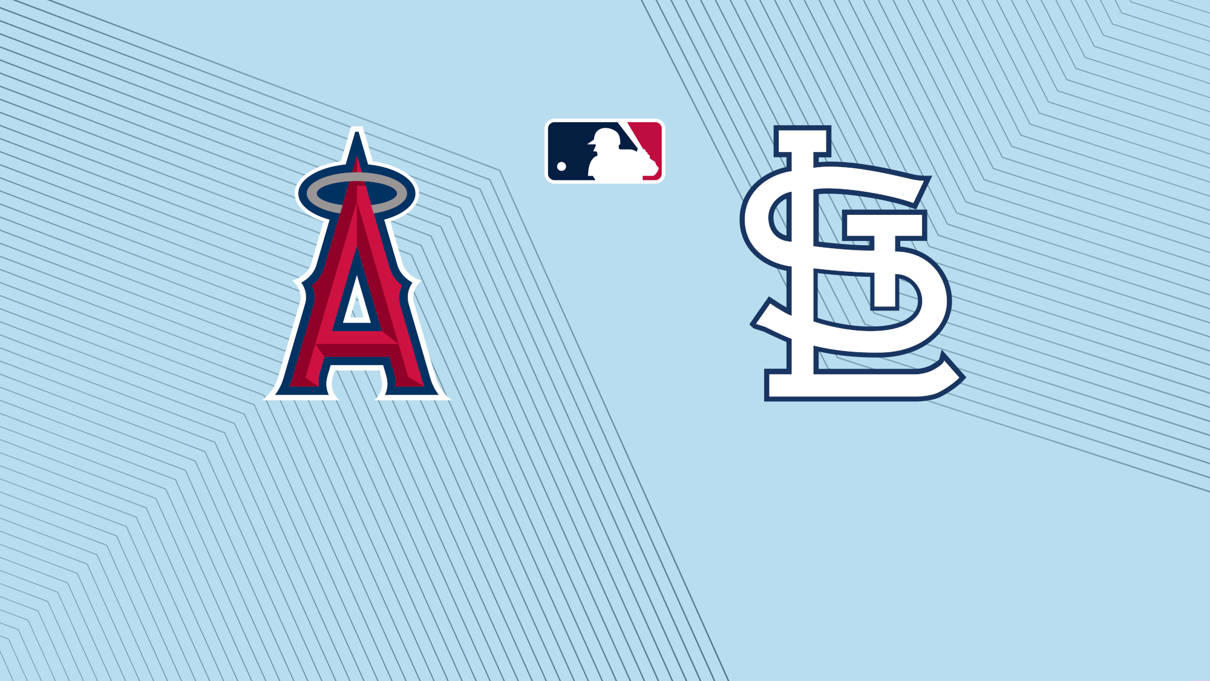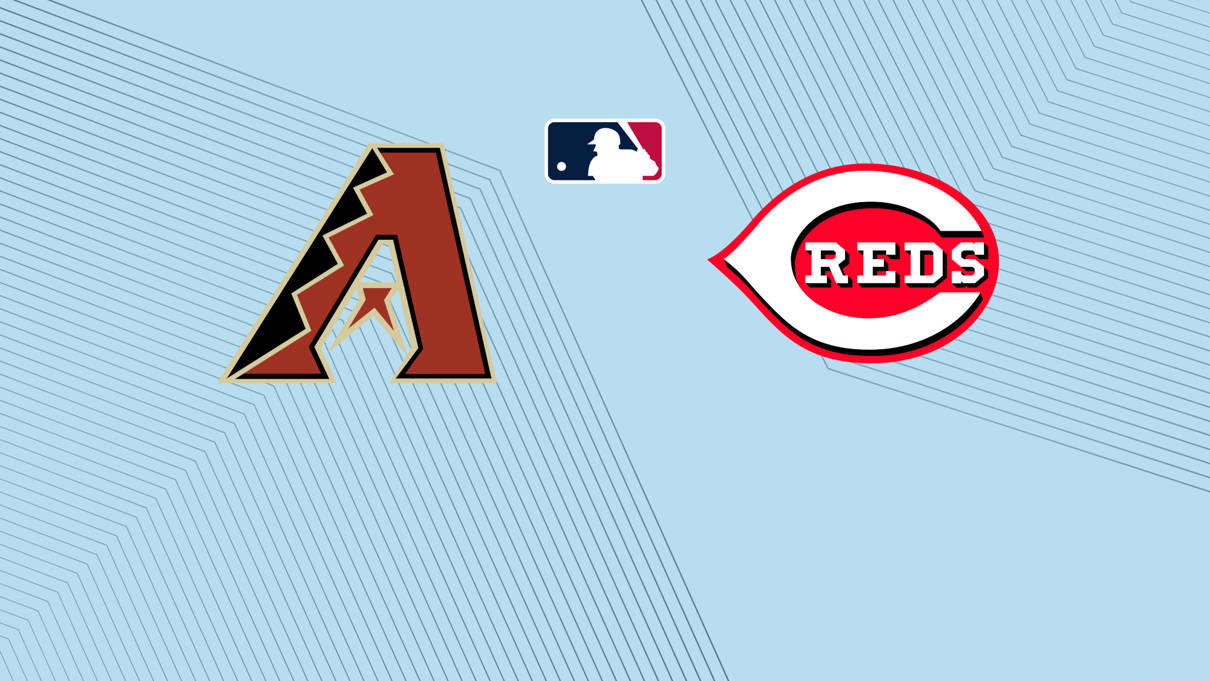On the surface, Chicago has a good story on its hands with the signing of Tre Roberson.
A regional talent who grew up in Indianapolis, played his college ball at Indiana and Illinois State, and was a successful college quarterback who cut his teeth as a pro while playing cornerback in Canada thrives, then returns stateside to secure what is reportedly a sizable deal. What’s not to like? Nothing!
But bringing in Roberson is more than that. The Roberson signing is layered, complex, and could be viewed as a harbinger of change on the horizon.
BRING ON THE DEPTH
The Bears drafted cornerbacks Duke Shelley and Stephen Denmark in the late rounds of the 2019 NFL Draft, but neither made much of an impact. Shelley was often inactive on game day, while Denmark spent the year on the practice squad. Getting little to no impact out of late-round picks isn’t unusual. But when a team has limited draft capital, it makes it that much more important to hit on late-round selections. Both of those draft picks fell behind second-year undrafted free agent signing Kevin Toliver II on the depth chart, as the LSU product was the next-man-up when Prince Amukamara missed time with an injury.
In that vein, the signing of Roberson could be viewed as an admission from the Bears that they were unsatisfied with the depth options at their disposal. And when your team plays in a division with Aaron Rodgers, Kirk Cousins, and Matthew Stafford, depth in the secondary is necessary. So if the collection of talent your team put on the field in the previous year isn’t enough, it is important to get better at that position immediately. At a minimum, the Bears improved their back-end depth with an upgrade in the form of Roberson, an experienced corner with quality playing time under his belt from when he played in the Canadian Football League.
THE PRINCE AMUKAMARA DECISION
Bringing Roberson into the mix provides an avenue for us to discuss the shape of the cornerbacks room moving forward. Or, more specifically, the future of Prince Amukamara.
Amukamara’s play has been as advertised upon his arrival: A steady cornerback, reliable defender, leader on the unit, and someone who does all the little things well, but flies under the radar because he doesn’t make a ton of interceptions or splash plays. Amukamara was a top-100 player in 2018 and was the team’s highest-graded coverage corner in 2019, by PFF’s standards. But it is possible his time in Chicago is soon coming to a close.
The Bears can gain $9 million in salary cap space by cutting Amukamara this offseason. A pre-June 1 cut would cost just $1 million in projected dead money, and would bring the Bears to $14,980,861 in available cap space, per estimations using OverTheCap.com’s data. That is a significant chunk of change for a front office that could use that money on the offensive line, tight end, or elsewhere on an offense that could use some work.
Losing Amukamara would sting, if only because losing a known commodity opens teams up to the unknown. Teams tend to not like the unknown. But Amukamara missing time due to injuries last year, coupled with a growing price tag could push the Bears to move away from a steady presence in their secondary.
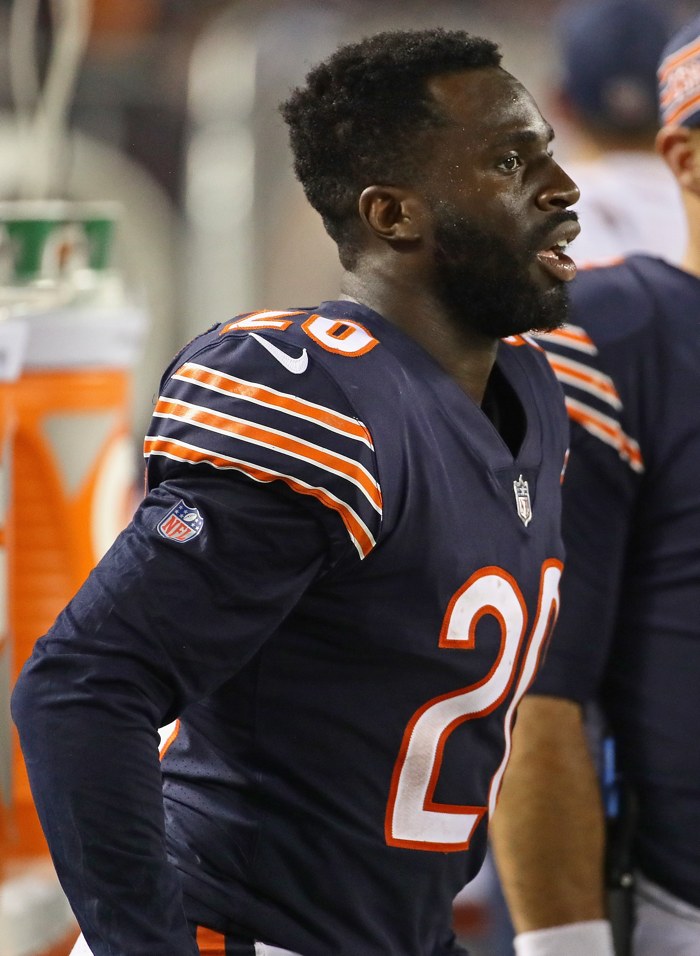
FREE AGENCY LOOMS …
Adding Roberson and moving on from Amukamara would open up quite a position battle to start opposite two-time Pro Bowl cornerback Kyle Fuller. We have already discussed some of the top in-house options being Roberson and Toliver, but that is just the start of the conversation.
Free agency could be an option the Bears could explore to fill the void left behind should the Bears ultimately cut Amukamara. Pro Football Focus has 18 cornerbacks among its top-100 available free agents. And while I wouldn’t expect the Bears to dive into the deep end, there is no shortage of candidates who could be recruited to Chicago.
For example, maybe signing Kendall Fuller (yes, Kyle’s brother) to play the slot and moving Buster Skrine to the outside could be an option. Trae Waynes of the Vikings hasn’t lived up to his first-round billing, but could theoretically fill the role of high-floor steady starter. Eli Apple, who turned his career around in New Orleans after being a bust with the New York Giants, is potentially an under-the-radar type of target whose best ball could be ahead of him.
… AS DOES THE DRAFT
The Bears have reportedly met with Oklahoma State cornerback A.J. Green at the Senior Bowl, and I imagine his meeting will be the first of many Chicago’s front office will have with draft-eligible cornerbacks. Daniel Jeremiah’s first top-50 big board features eight cornerbacks, including a handful of prospects who could fall into the second round. Should the Bears bypass free agency to use the draft to find another capable potential starter, this draft class appears to have depth at this spot.

